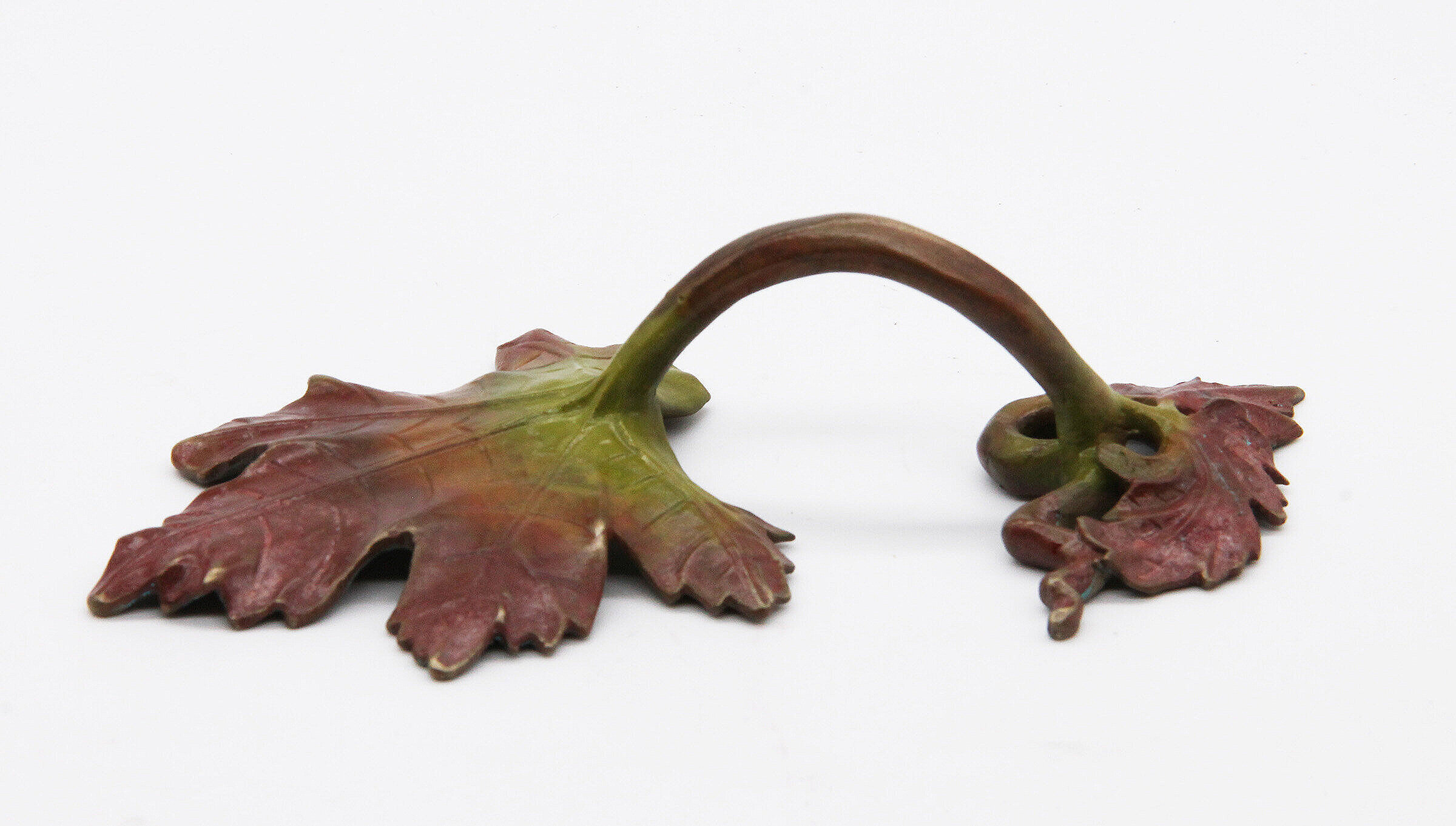We have previously discussed why 316 stainless steel is the preferred steel for marine environments, but bronze is an equally well-suited alloy and one that offers warmer tones.
I frequently am asked what alloy is rust resistant and will not change color. Stainless steel as its name underscores is the obvious answer as while silicon bronze is equally rust-resistant it will change over time as it’s “living” patina evolves.
In 316 stainless steel the alloy’s color and durability are secured by its passive layer of chromium oxide which does not change the color of the metal and which does not change much over time as the chromium content enables the film to self- heal and re-create the oxide. A similar protective layer or layers develop on the surface of bronze through oxidation but the film continues to develop and new layers with different chemical components and different colors develop over time. This continuous changing oxidation occurs naturally and the thicker the patina the more the lower layers off copper are protected. This oxidation should not be confused with rust which is a corrosive oxidation made when iron and oxygen combine to form iron oxide. Rust eats away at the upper surface and as this flakes off the lower layers of iron are exposed to oxygen and the process repeats itself with successive layers of iron degrading into flaky rust.
Left: living patina on Hedgerow Bronze Lever after 8 years Right: Polished bronze with light patina and sealed
Bronze is an alloy formed with copper which is the main metal and one that is rust resistant.
Our handles are cast in silicon bronze and the silicon element strengthens the copper and enhances its corrosion resistance. Silicon bronze is a particularly good at resisting the corrosive effects of sodium chloride or seawater.
Silicon bronze will oxidize in different ways and produce different colored oxides depending on the composition of the air and water in the environment. The more acidic the air the more accelerated the oxidation process will be but as we can see from historical buildings and ancient artefacts this patination process should not be mistaken as metal corrosion or decay but seen as a successive build-up of layers of patina.
The air is made up of nitrogen, oxygen, carbon dioxide and depending on your location varying levels of sulfur, ammonium and phosphorous, the latter being by-products and pollutants associated with high density farming and industrial manufacturing. When these combine with water or each other they produce oxides and sulfides that produce different patinas on the bronze surface
We replicate these environmental patinas with our light and dark brown finishes and blue green and red patinas by immersing our castings in chemical solutions of ammonium and sulfur for black and redder tones and cupric sulfate and acetic acid for blue green tones. We then seal the patina either with a coat of oil, wax, lacquer or with a more durable enamel layer which is baked onto the patina. The sealants slow the rate of future patination to varying degrees.



